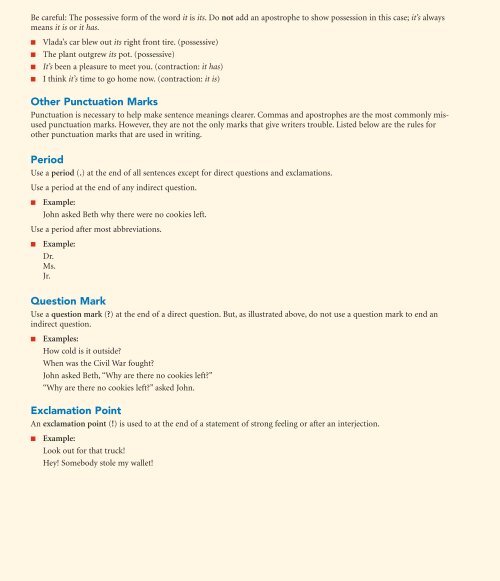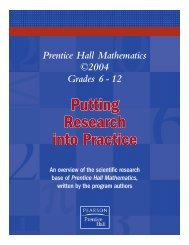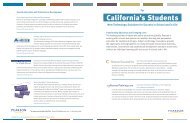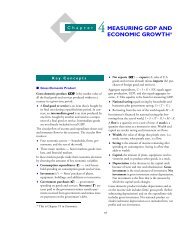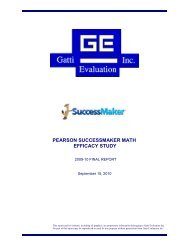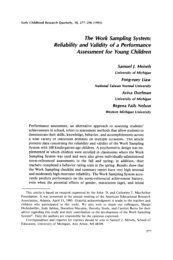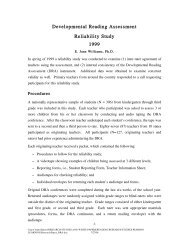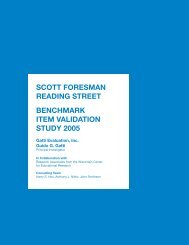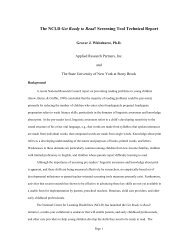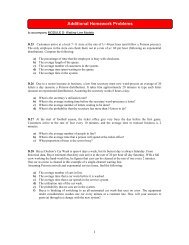Language Arts: Grammar and Punctuation Basics ... - Pearson
Language Arts: Grammar and Punctuation Basics ... - Pearson
Language Arts: Grammar and Punctuation Basics ... - Pearson
You also want an ePaper? Increase the reach of your titles
YUMPU automatically turns print PDFs into web optimized ePapers that Google loves.
Be careful: The possessive form of the word it is its.Do not add an apostrophe to show possession in this case; it’s alwaysmeans it is or it has.■■■■Vlada’s car blew out its right front tire. (possessive)The plant outgrew its pot. (possessive)It’s been a pleasure to meet you. (contraction: it has)I think it’s time to go home now. (contraction: it is)Other <strong>Punctuation</strong> Marks<strong>Punctuation</strong> is necessary to help make sentence meanings clearer. Commas <strong>and</strong> apostrophes are the most commonly misusedpunctuation marks. However, they are not the only marks that give writers trouble. Listed below are the rules forother punctuation marks that are used in writing.PeriodUse a period (.) at the end of all sentences except for direct questions <strong>and</strong> exclamations.Use a period at the end of any indirect question.■Example:John asked Beth why there were no cookies left.Use a period after most abbreviations.■Example:Dr.Ms.Jr.Question MarkUse a question mark (?) at the end of a direct question. But, as illustrated above, do not use a question mark to end anindirect question.■Examples:How cold is it outside?When was the Civil War fought?John asked Beth, “Why are there no cookies left?”“Why are there no cookies left?” asked John.Exclamation PointAn exclamation point (!) is used to at the end of a statement of strong feeling or after an interjection.■Example:Look out for that truck!Hey! Somebody stole my wallet!


